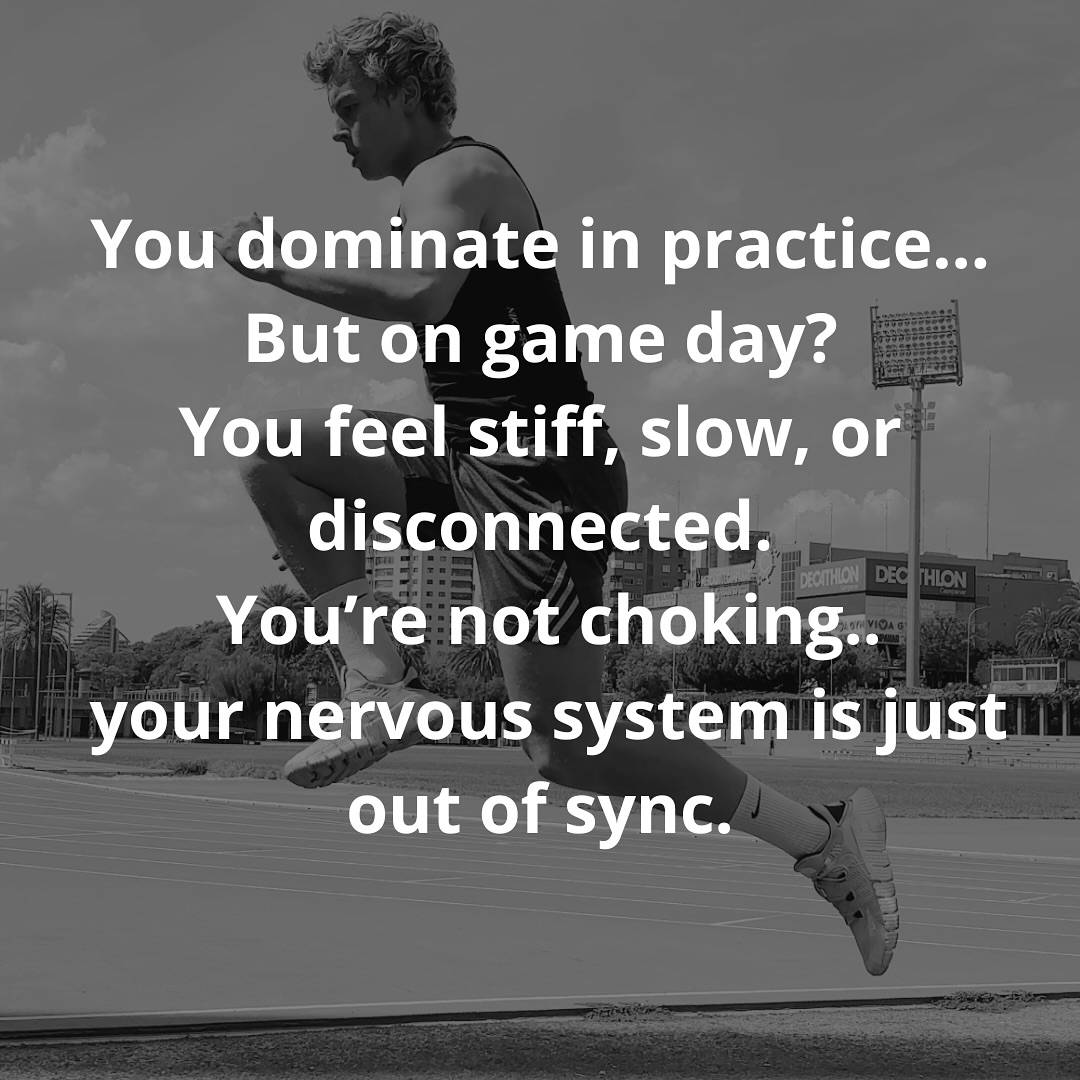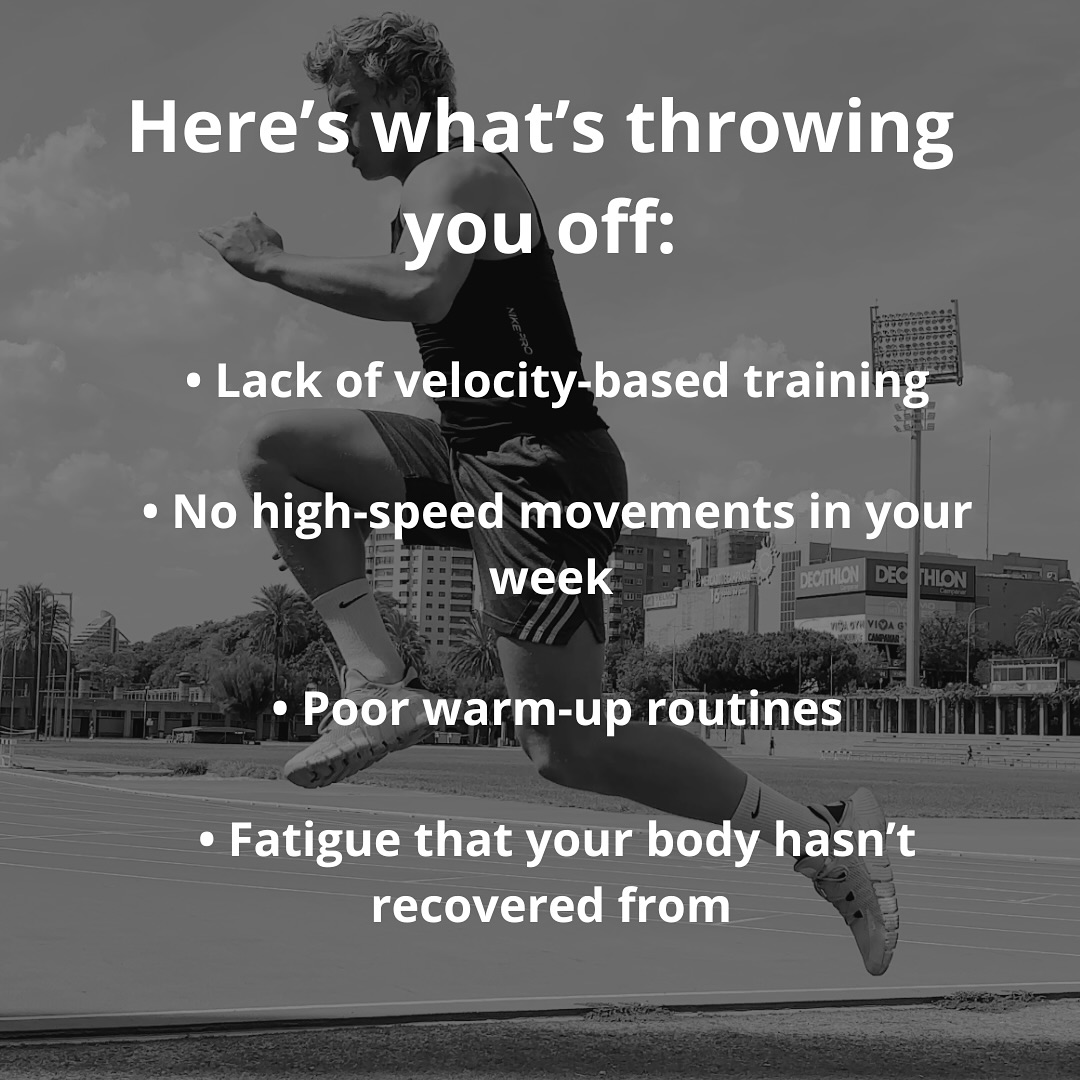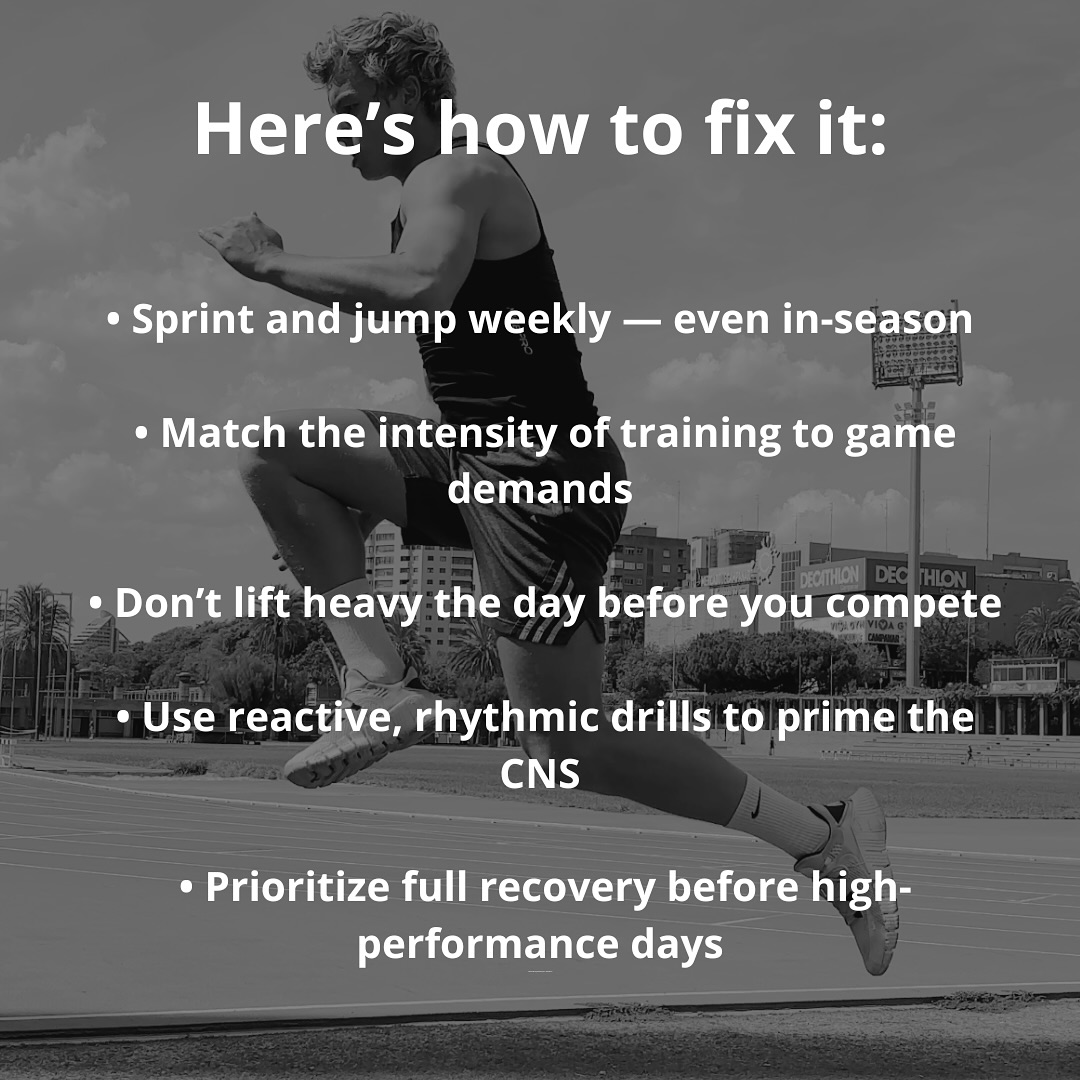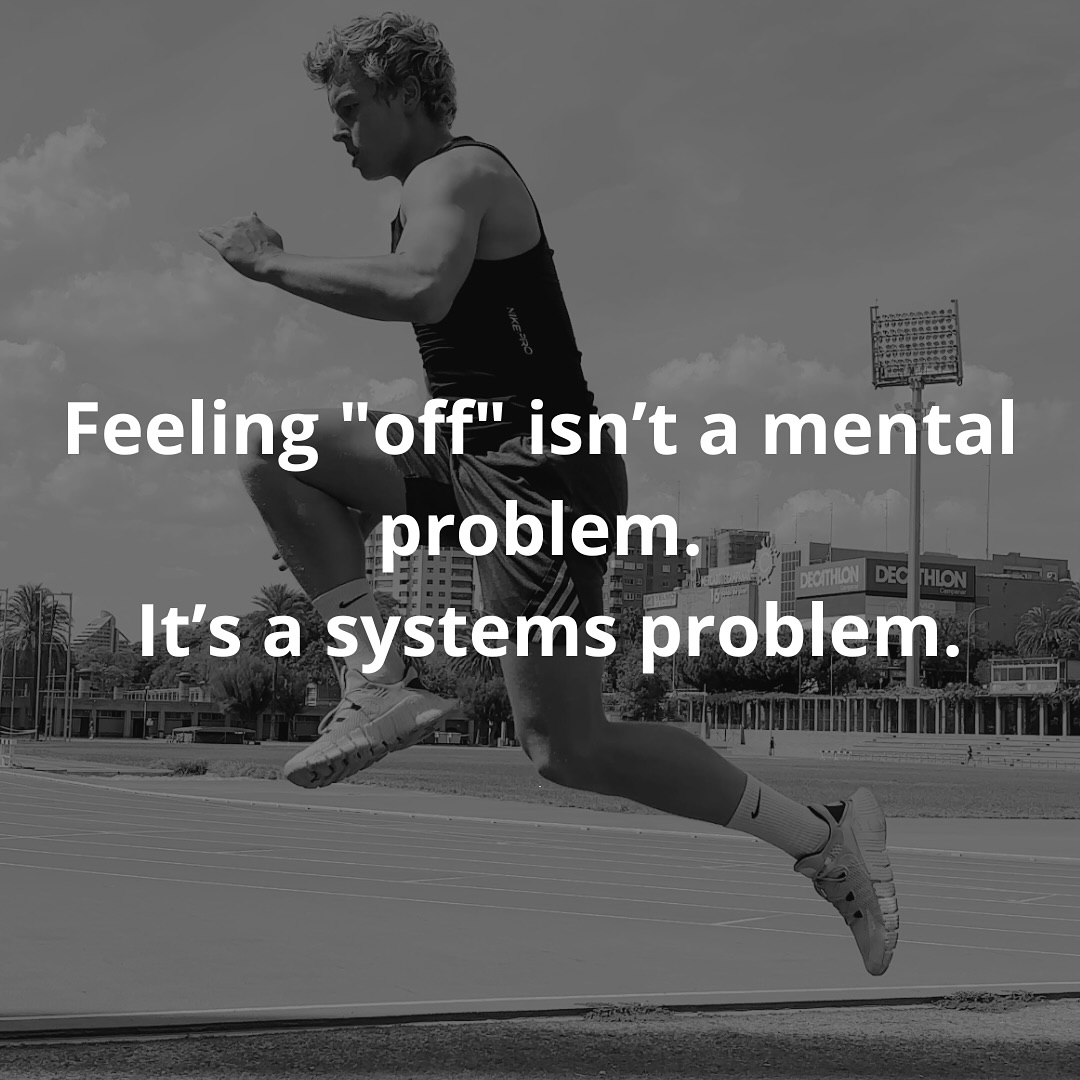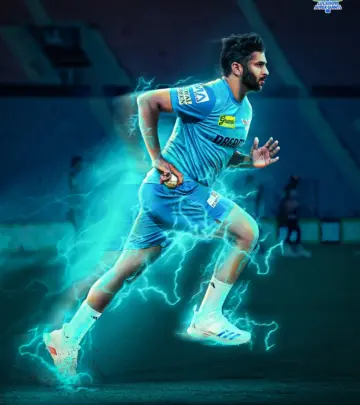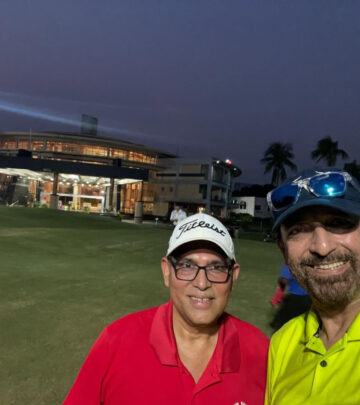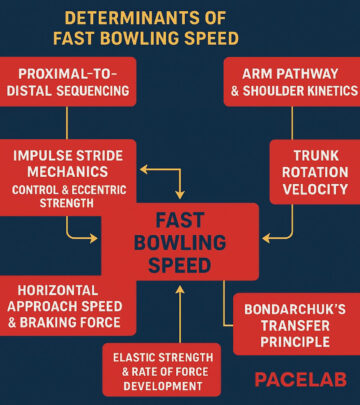Optimize Game Performance With Elite Warm-Up Tricks
Master game warm-up secrets and elite training advice from expert Nicolas Dierynck now!!!!
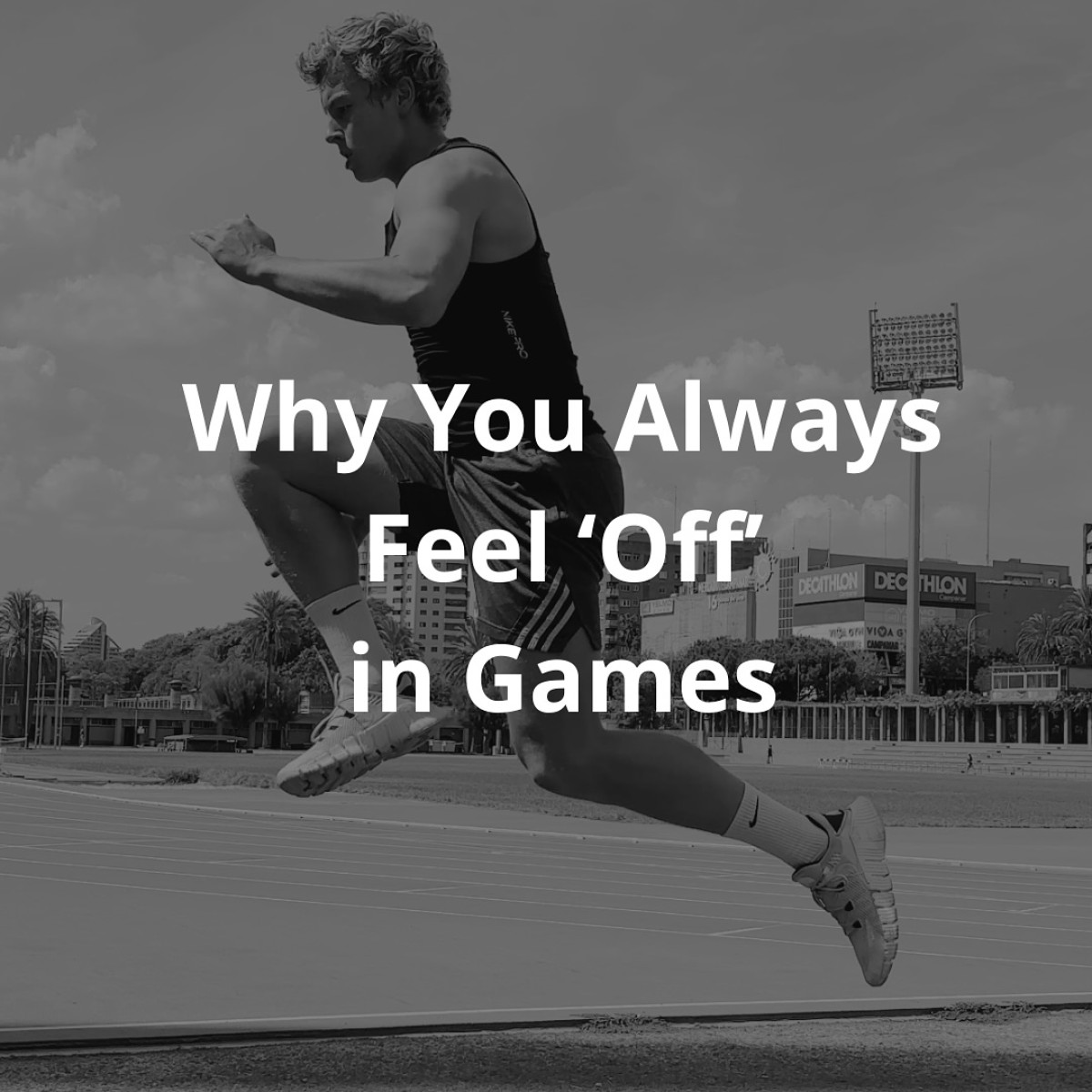
Image: Instagram
In a world where dominating practice doesn’t always translate into game-day success, elite training coach Nicolas Dierynck is shedding light on a simple, yet often overlooked, factor: a precise warm-up routine. Known on Instagram as @swish_training_, Nicolas is challenging athletes to re-evaluate their pre-game preparation. His straightforward advice is aimed at aligning training intensity with game speeds and ensuring the body is truly primed to perform.
Optimize Your Warm-up
In his recent post, Nicolas poses a crucial question: Why do you feel off during games? For many athletes, the difference between a great practice and a lackluster game performance lies in the quality of their warm-up. Nicolas outlines a series of actionable tips for athletes who wish to see a marked improvement. His four-step approach includes sprinting and jumping at maximum intensity on a weekly basis, training at game speeds in practice, preparing the central nervous system (CNS) before the game, and most importantly, prioritizing full recovery prior to game time. This method is designed to transition the body seamlessly from practice mode to competitive performance.
Train Smart, Play Better
The message is clear – your body deserves more than random stretches. According to Nicolas, a well-structured warm-up is not optional; it is the foundation of elite performance. The post emphasizes that proper intensity in sprinting and plyometric exercises builds the explosive strength necessary for on-court success. When athletes train at game speeds during practice, they not only sharpen their physical capabilities but also boost their mental clarity. This approach helps condition not just the muscles, but the CNS as well, ensuring that both body and mind are in harmony come game time.
Drawing on his vast experience, Nicolas reiterates that many athletes may be putting in hours of practice but fail to align their training with the demands of competitive play. The routine he proposes is simple yet effective—a reminder that high-level performance is built on the fundamentals. As he highlights in the accompanying Instagram visuals, the explosive power of a well-executed jump or sprint can often be the deciding factor in a tight game.
A Closer Look At The Technique
The Instagram post is packed with actionable advice. The checklist provided is succinct:
• Sprint and jump at max intensity weekly
• Train at game speeds during practice sessions
• Prepare the central nervous system prior to the game
• Prioritize full recovery before playing
By embedding these principles into daily routines, athletes can expect not only improved game performance but also a significant reduction in on-court fatigue and injury risk. Nicolas’s call to action is simple: DM him “PERFORMANCE” for personalized guidance. This 1:1 approach underscores his commitment to tailoring warm-up regimes that cater to individual needs and specific sports requirements.
Bridging Practice And Performance
Connecting the dots between what happens in practice and how that translates into game performance is critical. Nicolas often reminds his followers that while technical skills are important, the body’s readiness plays an equally vital role in competitiveness. His insights dovetail with recent sports research, which suggests that a properly executed warm-up primes the muscles, joints, and neurological system, allowing athletes to react more quickly and efficiently during high-stakes moments.
In related posts, Nicolas has also touched upon the significance of nutrition in athletic performance. One earlier Instagram update stressed, “Most athletes aren’t under-trained—they’re under-fueled,” urging followers to optimize their diets alongside their training routines. Though the focus here is on warm-up techniques, it’s clear that his holistic approach to performance spans all facets of athletic preparation.
Visual Insights From Social Media
The Instagram images attached to Nicolas’s posts provide a behind-the-scenes look at his training philosophy. One image captures him in mid-action, demonstrating an explosive jump with impeccable form. Another visual features close-ups of an athlete’s intense focus during a sprint session. These images are more than just snapshots; they serve as visual testimonials to the effectiveness of his training methods. They illustrate the power of combining high-intensity drills with precise recovery, reinforcing the idea that peak performance is not accidental but carefully engineered.
Nicolas also uses his platform to correct common misconceptions. In one of his older posts, he highlights that too many athletes treat warm-up sessions as a mundane chore rather than the critical foundation they are. By drawing this contrast, he encourages a shift in mindset—urging athletes to view every training session as an opportunity to fine-tune their performance under game-like conditions.
Through these meticulously crafted posts, Nicolas Dierynck not only delivers technical tips but also inspires athletes to commit fully to the disciplined pursuit of excellence. His advice is grounded in years of experience and backed by concrete examples and clear imagery, making it accessible and compelling for players at all levels.
The underlying message is that investing time in a dynamic, best-practice warm-up routine is an investment in one’s overall athletic longevity. With the right preparation, athletes can ensure that the skills honed during practice are seamlessly translated into game-day triumphs.
In a landscape where every fraction of a second counts, Nicolas’s warm-up strategies remind us that excellence begins before the game even starts. His no-nonsense approach serves as a call to athletes everywhere: fine-tune your preparation, and watch your performance soar.
Whether you’re a seasoned professional or an emerging talent, these insights could be the missing link between your training sessions and your next big win.
Read full bio of Srijita De



